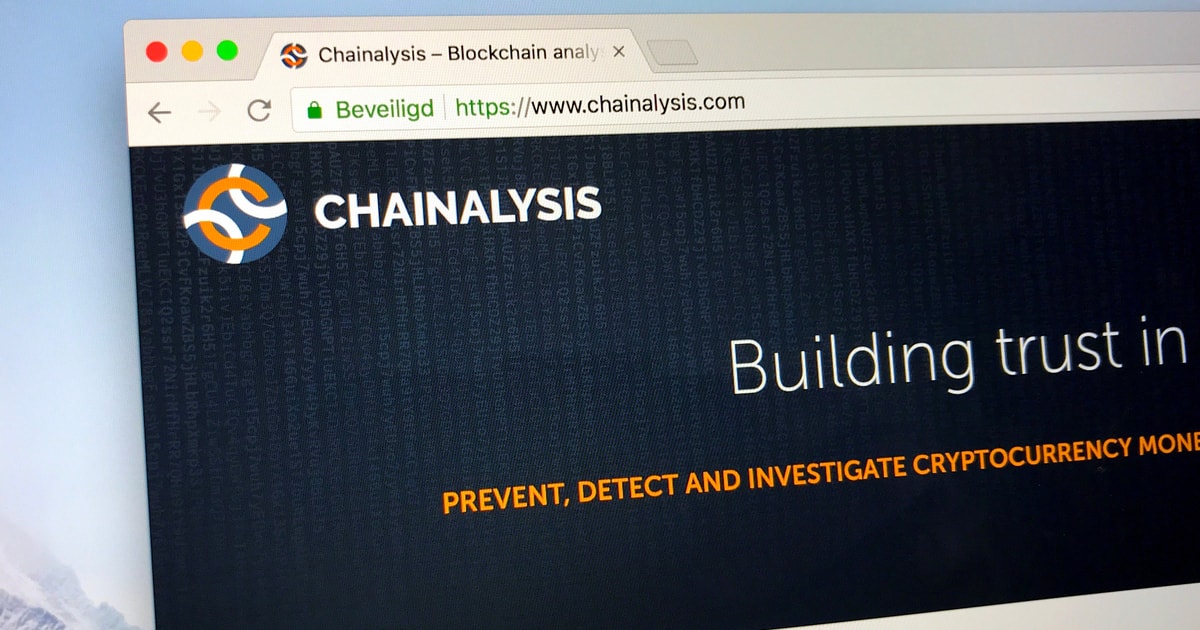Tony Kim
Sep 5, 2024 04:28
Hear from Co-Founder Hugo Philion about the decentralized oracle ecosystem and how Flare Network aims to revolutionize it.
In a recent episode of the Public Key podcast, Flare Network Co-founder and CEO Hugo Philion shared insights into the decentralized oracle ecosystem and the innovative solutions his company brings to the table. The discussion, moderated by Chainalysis’ Chief Marketing Officer Ian Andrews, delved into Flare Network’s technical architecture and its approach to improving oracle data security and cost efficiency.
Oracle Data Security Innovations
Filion highlighted the dire need for decentralized data in the blockchain industry, which relies heavily on information from a variety of data providers. Flare Network aims to address this need by integrating oracles directly into the EVM Layer 1 blockchain. This architecture provides a more secure and cost-effective solution than existing systems that are vulnerable due to lack of decentralization and potential for collusion.
“Flare’s protocol addresses cost, security, and flexibility by integrating oracles into the chain, consolidating infrastructure and security budgets into a single role, and having a single token,” Filion said.
Filion’s Journey to Blockchain
Filion also shared his personal journey from hedge fund trading to blockchain. He initially studied machine learning, but the centralizing power of AI and ML led him to decide to switch to blockchain. His background in statistics and financial engineering provided a solid foundation for this transition.
Flare’s Unique Oracle Solution
Flare Network differentiates itself from other blockchain projects by embedding oracles into the core of the network. This integration ensures that oracle data is as secure as the network itself, leveraging the full validator set and a unified security budget. Flare’s approach allows up to 1,000 prices to be updated every single block, with 100 infrastructure providers contributing to every price.
“In Flare, you don’t get any validation rewards unless you become part of an oracle and submit,” Filion explained. This model incentivizes validators to maintain high levels of data integrity and security.
Challenge and Innovation
Filion acknowledged the challenges posed by existing oracle systems, such as limited decentralization and the potential for data manipulation. He cited cases such as data provider manipulation in the early days of the Pyth network. Flare’s architecture aims to mitigate these risks by maximizing decentralization and security budgets.
Flare Network is also exploring the integration of KYC (Know Your Customer) and AML (Anti-Money Laundering) protocols, particularly for institutions that deal with real-world assets. This is part of a broader strategy to comply with regulatory requirements while maintaining the decentralized nature of the network.
Future outlook
Going forward, Flare Network has several ambitious projects in the pipeline. These include the launch of the Flare Data Connector, which enables proof of Web2 and Web3 events, and the introduction of over-collateralized bridges to Bitcoin and XRP. These initiatives are expected to further solidify Flare’s position as a leading player in the decentralized oracle space.
Filion’s insight provides a comprehensive overview of the current state and future prospects of decentralized oracles, highlighting the innovative solutions that Flare Network brings to the blockchain industry.
For more information, visit the original source of Chainalysis.
Image source: Shutterstock

